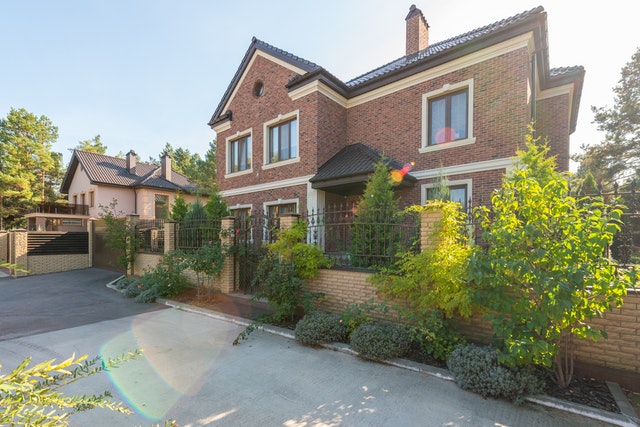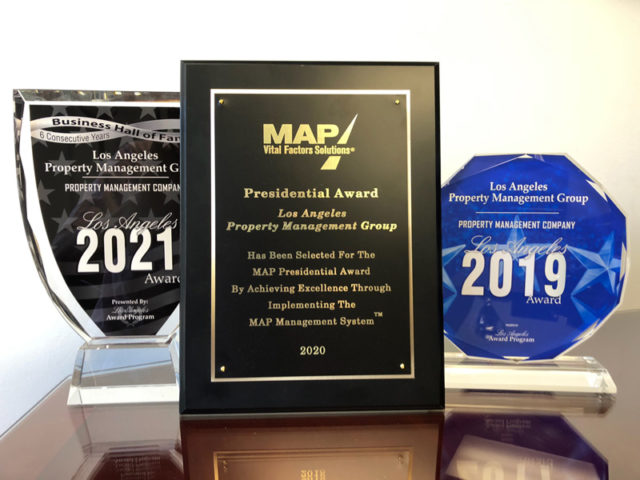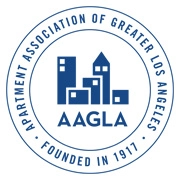How to Recognize a Profitable Rental Property

Purchasing a rental property can be an excellent long-term investment. Rental properties can provide you with a stable stream of passive income. Additionally, real estate is generally a type of asset that tends to naturally appreciate over time. However, not every property will be worth your time and money. Sometimes, it’s just better to invest elsewhere, and if you tie up a large chunk of funds into a property that isn’t making you money – you could even end up losing quite a lot when you try to sell. Therefore, to make a good return on your investment, you need to learn how to recognize a profitable rental property.
Here is how to determine if a rental property is profitable:
1. What is the neighborhood like
When it comes to real estate, most agents will repeat the same old adage: it all comes down to location. The neighborhood where you purchase your rental property will affect the level of the rent and the type of tenants you can attract. Obviously, properties in L.A.’s popular neighborhoods will be worth more. However, that doesn’t always translate directly into how much money you’ll be able to make from rent. To get an accurate estimate of how much the neighborhood is worth and recognize a profitable rental property, you should look at the following factors:
- Nearby amenities. Does the neighborhood have easy access to public transportation? What is the rating of the local schools? Are there any pools or sports facilities nearby? All of these can raise the attractiveness of your property in the eyes of potential tenants, letting you rent out the property faster and for more money.
- Who lives in the area? What does the average household look like in the neighborhood? People with children will need different amenities, and they probably won’t want to live next to noisy college students.
- Crime rates. Both you and your tenants will feel safer if your property is located in an area with a low crime rate. Of course, you can go a step further and beef up the safety of your property by installing a security system. Although that represents an additional cost, it can also be a huge draw for some people.
- Local codes and requirements. Is there a Homeowners Association in your neighborhood, and what are their fees and requirements?
Caption: Suburban neighborhoods are attractive to families with children.
Alt-tag: Suburban neighborhoods with grey homes.
2. Check out listings for other properties in the area
You might have a hard time finding tenants if there are numerous other homes listed as vacant in the same area as the property you are interested in purchasing. On the other hand, some neighborhoods simply have a high tenant turnover rate, which can be the cause of the large number of listings. This is often the case with properties next to universities or other educational centers. If you purchase a property there, you can expect a high demand, but you’ll also constantly be swapping out tenants. Unfortunately, that kind of property might be vacant during the summer, when the students are away.
If you plan to rent your property for shorter periods, you can expect that new tenants will frequently be moving in. In that case, you might want to consider hiring professional help even for a local move. Professional movers in California will ensure that your property doesn’t get damaged during local relocation, and it’s a much safer option than letting the tenants handle things themselves.
Besides checking for the number of listings, you should also research how long the properties stay on the market before being rented. Just because there is a lot of supply doesn’t mean that the demand isn’t there as well. If you are having trouble finding accurate data, you should consult with a property management group based in Los Angeles that can give you the details on the local market and tips on how to recognize a profitable rental property.
Caption: Your monthly income should be no lower than one percent of the total upfront cost.
Alt-tag: A beautiful brick home in California.
3. Use the one percent rule
You can use this tactic to quickly eliminate certain properties and narrow down the list of homes you are interested in. The first thing you need to do is add up all of the upfront costs relating to the property. This includes the purchase price, any additional closing fees, the costs of repair, and any other potential expenses you may be facing. Once you have the entire upfront cost of the property, you should divide that sum by 100 to get what the property needs to earn you monthly in rent.
For example, if a property costs you $250,000 in total upfront costs, you should be making over $2,500 in monthly rent.
Ask a reliable property manager about the going rates for similar properties in Los Angeles and compare that to your calculation. Keep in mind that this formula is more of a guideline, not a hard and fast rule, but it can help you know which properties are not worth investing in.
Caption: Remember to calculate additional expenses like property tax.
Alt-tag: Tax forms with stacks of coins.
4. Look at the tax and insurance rates
Unfortunately, when purchasing a property, there can be many additional costs that may not be noticeable at first. Taxes can be very different from one neighborhood to another. This doesn’t mean high taxes should immediately put you off since they can lead to more significant public investments and thus a more attractive neighborhood. However, you should still look up the property tax rates to know what to expect.
Insurance rates can also depend on a wide variety of factors, the most prominent being the age of the property and the risk of natural disasters in the area. Truth be told, Los Angeles has its fair share of natural disasters such as wildfires, mudslides, and earthquakes. Carefully choose where your rental property is located, or the insurance rates can eat away a sizable chunk of your rental income.
In conclusion
Now that we’ve gone over the most important factors that determine the value of a property and your likelihood of finding tenants, you should be able to recognize a profitable rental property and make your investment worthwhile. Always do your due diligence and think twice before making any significant investment.
Meta description: Want to purchase an investment property, but you aren’t sure if it has a good ROI? Here’s how to recognize a profitable rental property.








